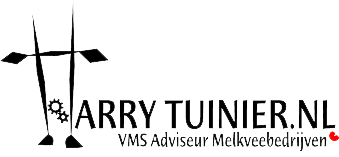Opening Entrance Door.
More often than originally thought, the entry gate of the VMS is not situated correctly. The entry gate is completely adjustable, which gives DeLaval the opportunity to milk very large cows, from Fleckvieh, Buffalo’s (for Mozzarella) but also very small, thin cows like Jersey’s. However, cows at your farm will most likely not differ that significantly.
The entry gate can open up to 300 times a day. So, it tends to shift away from its original place.
If the entry gate is too narrow, it means that the sensor on the cylinder does not notice that the cow is far enough in because the gate is not closed enough. You often see this occur with fatter cows. Or maybe because of the feed manger is to far back, that they are pushed too far back in the VMS. It results in the robot not allowing to start milking the cow.
Or the door is set too spacious and then small or young cows can move from left to right too much.
If you have normal or small Holstein cows, then you should be able to stick a hand between the arrow and the entry gate. If you have Fleckvieh or MRIJ cows, then you should be able to stick a fist between the arrow and the entry gate.






